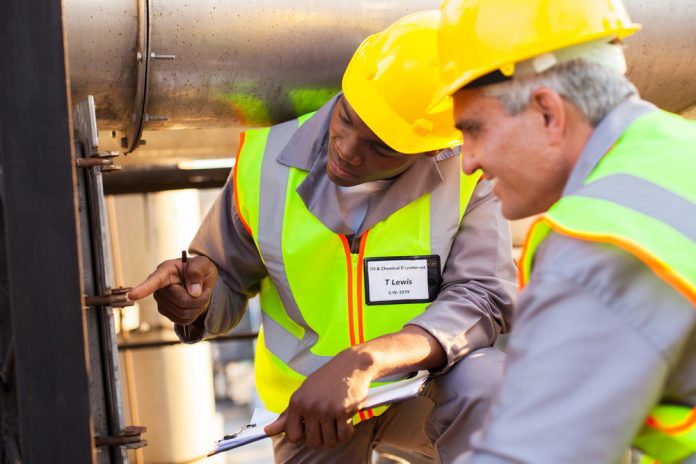Pipeline inspection should be regular to ensure that it remains in good condition. There are pipeline safety guidelines that every operator must follow. That way, the pipelines remain efficient. Inspection should be both internal and external. There are many techniques for in-line inspection. It is good to opt for modern technology as it is more thorough and cost-effective. Operators in oil and gas industries have to come up with integrity programs using the latest technology. They do so by incorporating assessment of the structural condition of the pipelines and containment surveys verification.
Some of the effective advanced technologies to opt for are:
- Utility locating services
- Non-destructive testing
- Eddy current technology
Several factors influence how often you should do the pipeline inspection. The main reasons are as follows.
- To ensure that the pipes remain clean
That way, the products keep moving, and this also prevents corrosion. Cleaning is mainly through magnetic flux technology. Applying corrosion inhibitors may also be done during the cleaning process to mitigate pipeline corrosion.
- Monitor nature processes
Earthquakes, erosion, or landslides can damage the pipelines. That should be a regular maintenance procedure to avoid losses and incidents that could cause loss of life. In case such incidents are detected, shut down the pipelines, and repair procedures should start immediately.
- Internal checks for cracks and corrosion
Through modern ultrasonic technology, flaw detection is possible. Detection of variations from the norm can be checked and repaired on time to avoid further damage. In some cases, physical excavations to carry out repairs is essential.
Even before installation, pipeline inspection at the manufacturer’s premises or upon receipt is crucial. That will ensure that there are no faulty pipelines at the installation phase. Professional inspectors will review vendor services and adherence to the set regulations. They will also check for welding qualifications, coating, and monitor the loading and offloading to ensure the pipelines are not damaged. Remote and material inspection throughout the installation process ensures that quality is maintained.
Pipeline inspection routine
For effective risk management, pipeline inspection is vital. Reports show that the cost of pipeline incidents due to corrosion or other factors can lead to massive losses. That is why operators ought to inspect the pipelines. By following the steps below, it will be possible for operators to avoid losses through unfortunate incidents.
1. Pre-assessment
Historical data on construction, maintenance, and previous repairs can help improve the inspection process. Comparing such data with the current is a good measure of corrosion or other depreciation aspects and can help you decide on replacement or repairs.
2. Engage indirect inspection tools
At this step, coating faults are easy to detect. The focus should be on identifying corroding areas with more emphasis on atmospheric corrosion.
3. Direct examination
The next step is to determine effective ways to mitigate corrosion and faults. Severe pipe corrosion should receive immediate attention. For moderate pipeline corrosion, a schedule for repairs is advisable. Where there are indications of inactive pipe corrosion or areas of potential faults, close monitoring is mandatory.
4. Post assessment phase
One should evaluate the pipeline inspection process. That way, it is easier to identify areas that need improvement. It also becomes easier to find modern inspection methods and technology for more effectiveness.
Pipeline inspection should be a continuous process. Ideally, operators should have professional pipeline inspection at least every three weeks. Modern verification tools and technology can help identify cracks and small leaks. Repairing leakages on time helps save the company from high maintenance and repair costs. That way, we can avoid pipeline failure consequences on both the human and natural environment.
Find a Home-Based Business to Start-Up >>> Hundreds of Business Listings.

















































